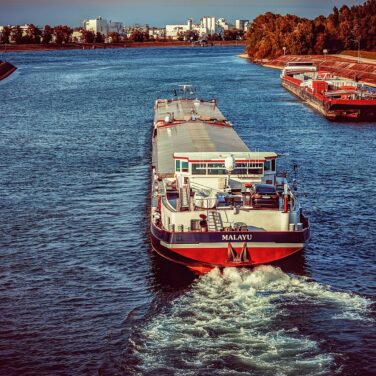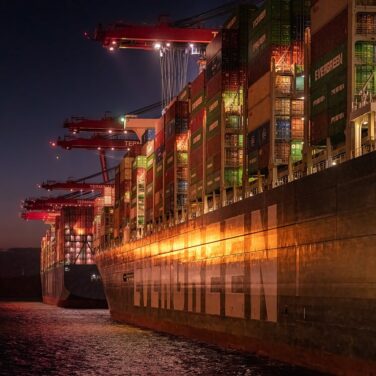Maryland has awarded a $73 million contract to Kiewit Infrastructure for the first phase of rebuilding the Francis Scott Key Bridge in Baltimore, which collapsed in March following a collision with a container ship.
Key points
- The M/V Dali crashed into the Key Bridge on March 26, killing six maintenance workers and causing significant structural damage.
- The Maryland Transportation Authority has allocated $73 million to Kiewit Infrastructure for the project’s initial phase.
- The project’s total cost is estimated to be $1.7 billion, with completion expected by 2028.
- The rebuilt bridge will include enhanced pier protections and a taller structure for accommodating larger container ships.
Details of the Incident and Immediate Aftermath
The accident that led to the bridge’s collapse occurred on March 26 when the M/V Dali container ship collided with the Francis Scott Key Bridge. The collision tragically claimed the lives of six maintenance workers and shattered the bridge, pieces of which fell into Baltimore’s main shipping channel. This incident led to the channel being closed for several months to clear the wreckage and remove the Dali from the area.
The Contract and Its Implications
On August 29, the Maryland Transportation Authority’s (MTA) board awarded a $73 million contract to Kiewit Infrastructure for the project’s first phase, the Associated Press reports. This initial phase will focus on the design work and the demolition of the still-standing portions of the bridge. Kiewit will have exclusive rights to negotiate for the project’s second phase, which will cover the majority of the construction activities required to rebuild the bridge.
Long-term Plans and Improvements
The MTA aims to have the full rebuilding project completed by 2028, with a total estimated cost of $1.7 billion. Apart from reconstructing the bridge, the project will also incorporate better pier protections to prevent future incidents involving ship collisions. Additionally, the new design will feature a taller structure to accommodate the larger container ships that frequent the Port of Baltimore.









